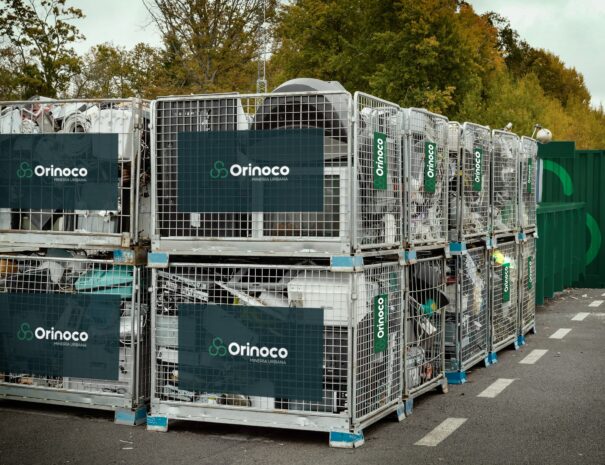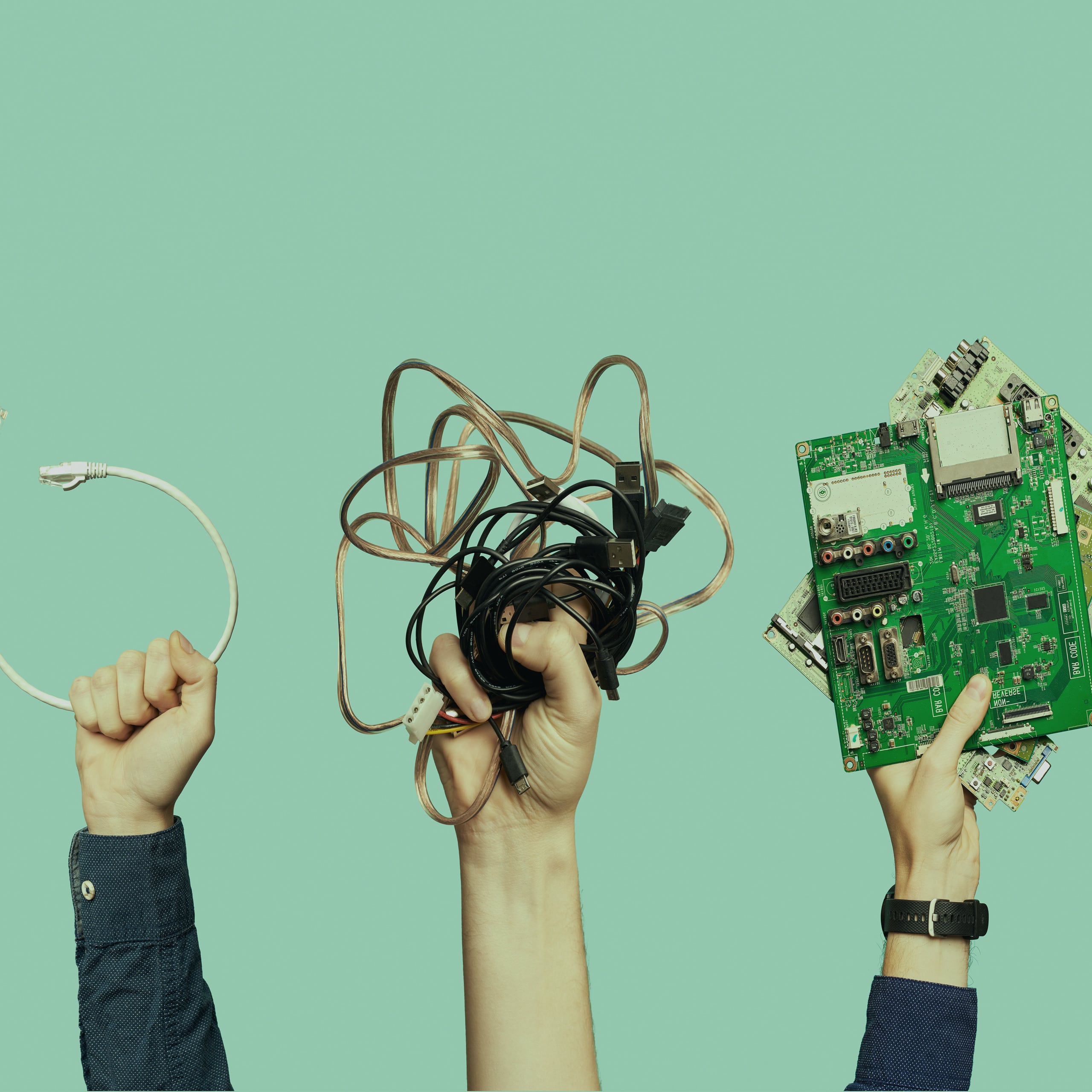Urban mining
URBAN MINING



WHAT IS IT?
Urban Mining is the recycling of electrical and electronic equipment (EEE), focusing on the components inside. This is because they are made from raw materials that are finite and therefore increasingly difficult to find in nature.
According to that, our smartphones, computers or household appliances are a source of high-value components. In fact, some of the devices we use in our daily routine can contain up to 60 elements from the periodic table such as copper, iron, and even gold and silver.
Said in our own words:
“Our feeling is that we are inhabiting and building a life on a planet (a place to row) and that we must take care of it and be able to find a balance so that our life or our rowing is constant and balanced. That we must live in constant learning in which the past gives us the context so that in the present we can correct mistakes and perfect successes framed in perpetual learning to build a better future.
And all of this is summed up in the notion of URBAN MINING. For decades, we have based our status quo on the exploitation of natural resources. Lately we have idealized the notion of green products, radicalizing the prohibition of many materials in exchange for the extensive exploitation of natural resources (wood among others). URBAN MINING allows us to appeal precisely to this balance. It does not allow us to take the past, to act in the present and to correct the course towards the future. URBAN mining appeals precisely to the concept of beginning and end in a constant evolution and growth from perpetual learning and eternal evolution.



Benefits
The main benefit of Urban Mining is directly related to the Sustainable Development Goals, since the recovery of materials to give them a new life contributes to guaranteeing sustainable consumption and production patterns. In addition, it avoids the shortage of certain raw materials in the world. For all these reasons, Urban Mining is an increasingly present solution to move towards a Circular Economy model.
The International Telecommunications Union, a United Nations agency, estimates that around 45 million tons of electronics waste was generated in 2016. That figure is expected to reach 50 million tons by 2021.
In 2016 alone, 435,000 tons of cell phones were discarded, despite the fact that they contained raw materials estimated at up to US$11,000 million.
Thanks to Urban Mining, many tons of gold, silver and other metals and elements are currently used in the world every year to manufacture PCs, smartphones, computers, tablets and other electronic and electrical devices.
Compared to Traditional Mining, Urban Mining can generate more jobs and wealth. While a gold mine may generate 5 or 6 grams of the metal per ton of raw material, that figure rises to 350 grams per ton when the source is discarded electrical and/or electronic equipment.
“Ensure that electrical and/or electronic equipment waste does not reach a sanitary landfill or reaches sites that can generate a negative impact on natural resources such as water, soil or air, that is, always looking for the best alternative of management for each component and/or fraction that results from WEEE and that, as far as possible, is reincorporated into the production chain as a new raw material. In the social sphere, it must translate into raising awareness among consumers so that they assume responsibility for the waste they generate and, in turn, hand it over to companies like us, which throughout their history have developed expertise in the correct management of this waste.”
Said in our own words:
There is a responsibility in Urban Mining
“On the other hand, our greatest focus is on generating a collective awareness of the scale of recycling that each of us must adhere to in our lives, and it is the following: reused, reconditioned and finally recycled (with the aim of generating the least amount of garbage).

